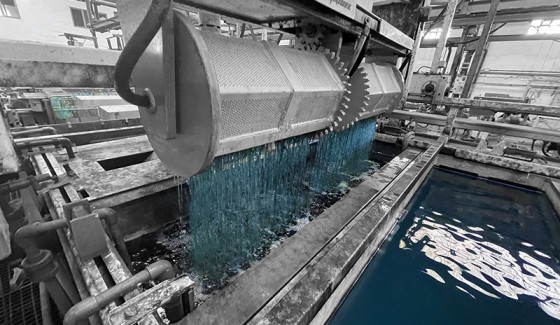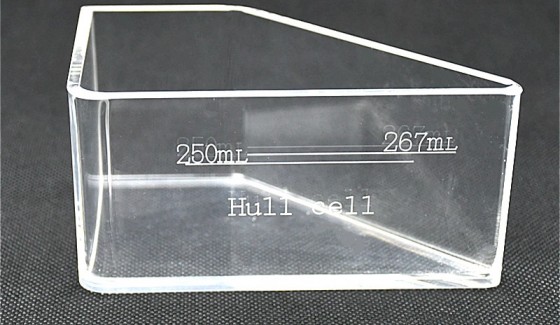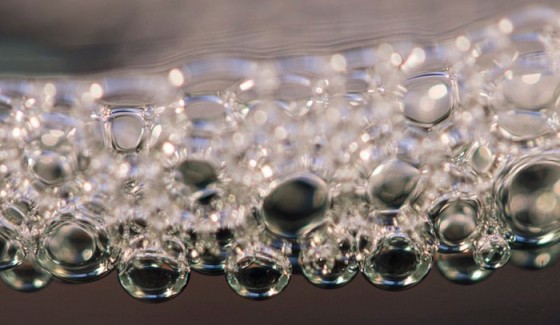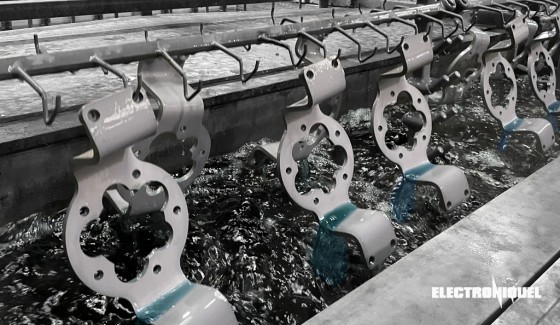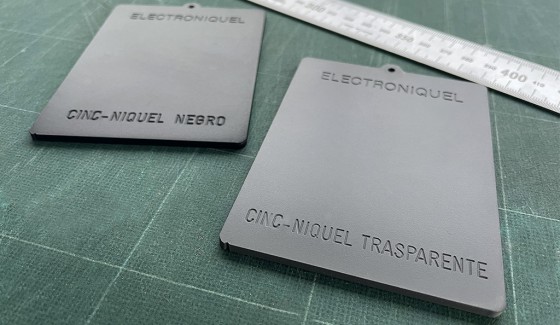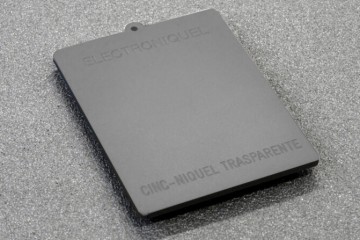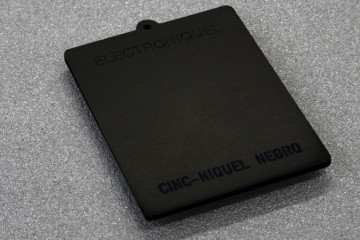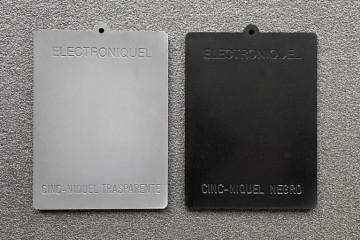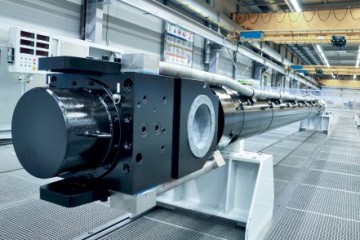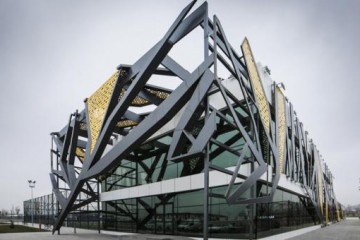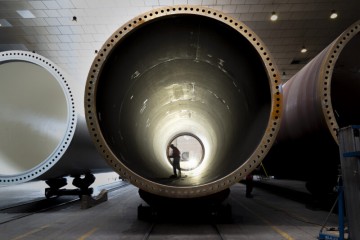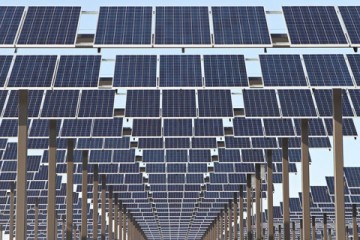Zinc Níquel
PROTECTION
Electrical Earthing
PROTECTION
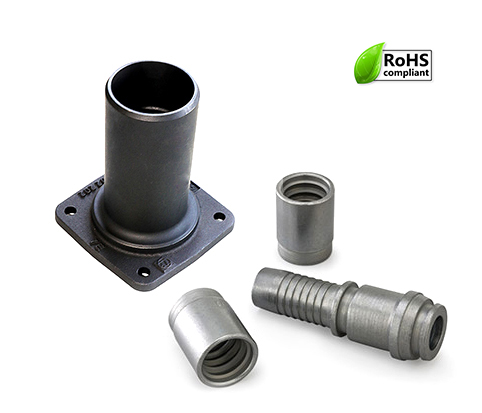
Zinc alloy with nickel
PROTECTION
According to standards: DIN 50979 and ISO 15726 Clear or black passivation. Possibility of applying sealant in any of the cases. Alkaline process for the electrodeposition of a zinc-nickel alloy with a nickel content of 12-15%. Exceptional protection against corrosion with high temperature resistance is achieved by meeting the demands of the automotive industry, even after thermal shock. Compatible with light metals and is an ideal base for subsequent treatments free of hexavalent chromium that meet the European standard ELV
+ infoPROTECTION
GENERAL PROCESS Zinc Nickel
The entire Zinc Nickel process is carried out by completely immersing the parts in a battery of vats, each with different compositions and missions.
Treatment
Deposition
Dehydrogenated
Passivated
Inspection
coding of ELECTROLYTIC coatings
TRANSPARENT PASSIVE NICKEL ZINC
IRIDESCENT PASSIVE NICKEL ZINC
ZINC NICKEL PASSIVE BLACK FINISH
IRIDESCENT PASSIVE NICKEL ZINC sealing
PROTECTION
good thermal conductivity
Resistant to temperature even after the realization of a thermal shock
Transparent and black finishes
There is the possibility of applying subsequent seals to guarantee the requirements of white corrosion.
Homogeneous texture
The resulting alloy offers a good distribution of the metal obtaining matt or satin gray or black finishes.
Contains trivalent chromium
All Zinc Nickel finishes contain trivalent chromium and are cyanide free
Drum application
Static or rack application
Good base for other applications
Its good behavior stands out as a base for the application of paints, Kataphoresis and electrophoresis
Excellent substitute for Zinc Flake
It is applied to those pieces that due to their geometry cannot be treated with Zinc Lamellar as flat pieces, with holes, blind holes ...
PROTECTION
PROTECTION
480 h | 5 microns
750 h | 8 micras
1000 h | According to characteristics
certifications and standards
ELECTRONIQUEL CERTIFIES ALL ITS TREATMENTS BASED ON THE SPECIFIC STANDARD, APPROVAL OR TESTS
DIN 50979 standard
Metallic coatings - Electroplated zinc and zinc alloy coatings on iron or steel with supplementary Cr(VI)-free treatment
ISO 19598:2016 Certification
Metallic coatings. electrolytic coatings of zinc and zinc alloys on iron or steel with supplementary treatment without Cr (VI)
ASTM B841:1999 SPECIFICATION
Standard specification for electrodeposited coating of czinc nickel alloy deposits

